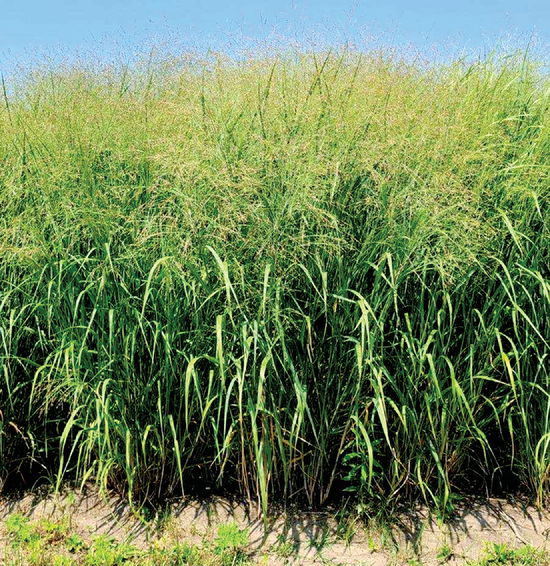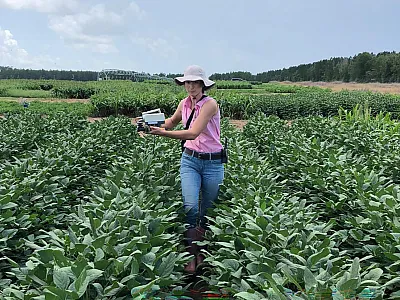Biomass Yield Breakthrough in Switchgrass

Switchgrass is being developed as a high‐yielding perennial biomass crop to support the biofuel industry. New cultivars are required to support long‐term sustainable biomass production.
In the northern United States and Canada, locally adapted cultivars reach peak biomass at the time of flowering, which is about two months before killing frost. Late‐flowering plants accumulate biomass up to the time of killing frost; however, few of these plants survive severe winter conditions.
Cedar Creek switchgrass was generated from three cycles of selection for winter survivorship within a late‐flowering cultivar from the southern U.S. Each cycle involved selection of surviving plants at a rate of 0.1 to 1% of the original nursery. The third‐generation population had more than 90% survival and a sixfold increase in biomass yield compared with the original population. Cedar Creek had 20% higher biomass yield than the best commercial cultivar.
Cedar Creek presents new options for economically sustainable production of biomass in the northern U.S. and Canada, but also provides an opportunity for breeders to make further genetic advancements using late‐flowering plant germplasm.
Adapted from Casler, M. D., & Lee, D. (2023). Registration of ‘Cedar Creek’ switchgrass. Journal of Plant Registrations. https://doi.org/10.1002/plr2.20294
Text © . The authors. CC BY-NC-ND 4.0. Except where otherwise noted, images are subject to copyright. Any reuse without express permission from the copyright owner is prohibited.











